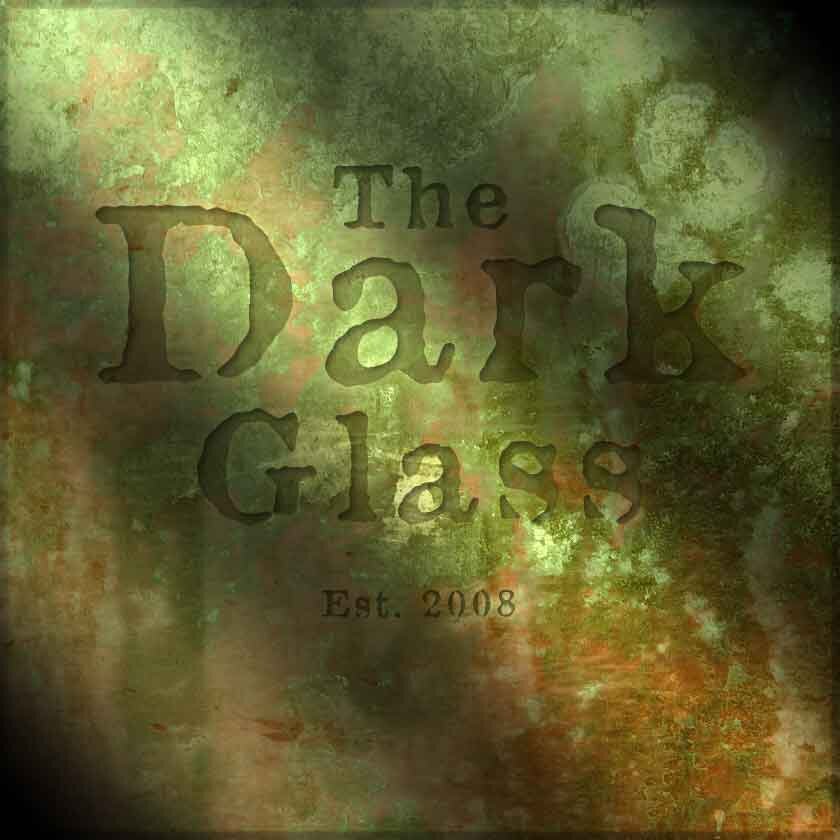Yes, enterprise content is really, really complex.
Recently, I’ve posted articles about what makes great content, how content is another word for customer experience, and why content strategy should sit with the design team. While I think each of these articles stands on its own, together they point to a bigger elephant in the room, which is this: the enterprise content landscape is way more complicated than I think anyone gives it credit for. The resulting attitudes and strategies lead to silos, inconsistent executions, and frankly, frustration.
I’m not saying that companies need to tackle the whole enchilada at once but putting our heads in the sand isn’t helping anything. We can’t fix the problem until we acknowledge the problem. All of it. So let me talk about what that looks like for me.
I’ve worked in content my whole career. I started in publishing, working on books and magazines right when the future of books and magazines felt really uncertain. Then I introduced content marketing to a small B2B software company, where among other things, I built a thought leadership site and established a company-wide content strategy. When I came to Adobe, it was as an editor for demand content in Adobe’s B2B digital experience business.
Because of my experience, I have a lot of sympathy for the editorial bias in content. It’s all about telling great stories, right? But since becoming a creative director on Adobe’s in-house creative team, Adobe Studio, my eyes have been opened.
Consider this. In my four and a half years at Adobe, I’ve participated in the creation of over fifty different discrete types of content. From simple blog posts to glossy ebooks. From display ads to emails. Interactive microsites to tweets. Several different kinds of video and a few podcasts. Research reports. Direct mailers. White papers. Product UI, product webpages, documentation, infographics, pricing guides, event installations, and on and on.
This is a lot. But then consider that in that same tenure, I’ve worked with more than thirty different teams that each have some form of a content strategy. It’s tempting to suggest a more streamlined approach, but what stands out to me is that within arm’s reach of just one humble creative director are more than thirty groups whose content needs are distinct enough to justify separate content strategies. Is there a better way? Almost certainly, but whatever it is, it has to account for that massive variety of content requirements.
And where does that need come from? Adobe’s digital experience business has more than a dozen products and services. We recently trimmed our collective persona lists from more than a hundred to “just” twenty-one. We have customers in nearly a dozen industries, which means a dozen different takes on the challenges we try to solve. And since we’re B2B, we’re not dealing with a single customer, but with dozens of people in an account, each with their own unique role in the buying process.
Again, it’s easy to say that maybe there’s a better, more streamlined way to run things, but no matter what we do, we’re not going to streamline it down to a couple of products, one fairly uniform audience, and a single buyer. So whatever solution an enterprise company comes to about their content, it has to account for all of this. Somehow.
In my experience, the solution that usually emerges is to create silos. Or to ignore some group or audience. Or to focus on building platforms or processes that are easy to scope and deliver but fail to account for the actual content needs of the company. Or the customer. Invariably, these solutions fail because they are not addressing the actual problem. Here’s an analogy.
Often, when a team sits down to build a web page, it’s tempting to have a UX designer whip up a wireframe. This wireframe may superficially meet the requirements for the page, but when writers and graphic designers sit down to actually create the content, the wire frame breaks because in practice the content was more complicated than it seemed in the brief. Or, I think more likely, the content creators are forced to neuter their creativity in order to accurately fill the wire frame and thus build a mediocre page.
A better approach is the content-led approach. For example, by starting with a content wireframe or a content priority document—prioritizing and organizing the needed content first—the UX designer can build a wireframe that actually supports the content it’s providing structure to. This approach works really well for individual assets, but it can also work for the entire enterprise.
By starting with a comprehensive understanding of all the content requirements across the enterprise and then honestly prioritizing them, businesses can develop systems, platforms, and processes that actually fulfill those requirements in a way that makes sense to the customer.
Yes. It’s complicated. And yes, it’s a big job. It’s easy to get overwhelmed. Especially because many of the people in that massive, complicated content don’t really get how content works. But for me, it’s worth it to try. Just like publishing a new book at my first job, we who work in enterprise content have value to share with our customers. And it’s up to us to find the best way to share it.
